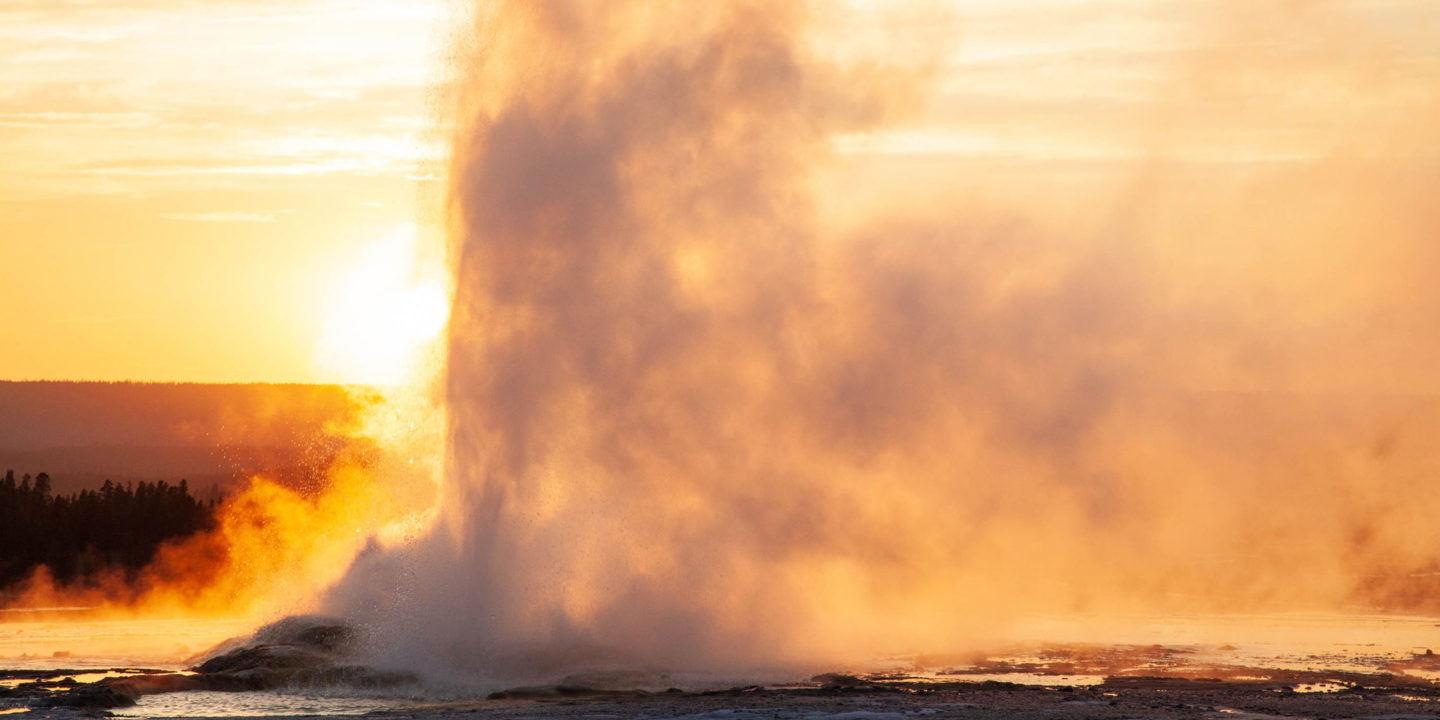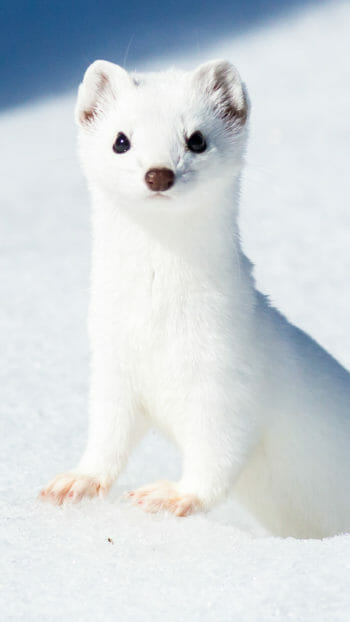March 1, 2022 marked the 150th anniversary of preserving 2.2 million acres of rolling hills, buffalo-filled meadows, vivid geysers, towering mountains, plummeting valleys, and sapphire-blue skies. Still today the ecosystem of Yellowstone National Park is well worth celebrating. Unique in its grandness and variety, this land is bustling with thriving life year round. Yellowstone is one of the precious places where humans are simply bystanders along for the ride. We come here to enjoy being in the background, yet immersed in a wilderness that overpowers civilization. Here we bear witness to the fact that the animals, rocks, water, and vegetation take center stage as they have for the past 150 years.

March 1st, 1872 marked the day in history in which the 2.2 million acres that is Yellowstone National Park were first preserved. The boundaries of the world’s first national park were drawn from the presence of the distinctive geothermal features, topographical features and the presence of a variety of headwaters that irrigate immense regions of the country on both sides of the Continental Divide. Today, over 150 years later, this still undeveloped, untamed landscape is well worth celebrating. From jagged mountains, lakes that seem broad enough to be oceans, boiling geyser basins, broad structureless valleys and plummeting canyons- bystanders visit this park to revel in a place where wilderness still overpowers civilization. Years of extensive preservation and restoration efforts have gone into making sure that the natural resources and wildlife of this region remain center stage, so that those that continue to gravitate to this wild place can relish its natural beauty.


The History of Yellowstone
Yellowstone is America’s first federally recognized national park. President Ulysses S. Grant signed it into law in 1872, long before the National Parks Act was passed in 1916. The purpose of establishing Yellowstone as a national park was to protect the scenery, cultural heritage, wildlife, and ecological and geological systems for the enjoyment and education of future generations. Not only is this park a worldwide tourist attraction, but continues to serve as a sanctuary for a massive concentration of wildlife and being the heart of the largest intact temperate ecosystem in the world. As the oldest national park ever established, Yellowstone is also rich with notable historic landmarks and nearly every mile of roadway that can be driven might have an incredible story behind it. Then there are the natural geothermal features that populate the region, expeditionists that made the establishment of this park possible were captivated by the otherworldly rainbow pools and steaming spouts of boiling water.
Prior to exploration by fur trappers, gold diggers, federal surveyors and eventually tourists the Greater Yellowstone Ecosystem hosted only its native flora and fauna, and starting as long ago as 11,000 years, indigenous peoples. While much has changed since those primordial times, including about 300 miles of paved roadway as well as a multitude of visitor centers, general stores and lodges, this national park has retained its natural integrity through preservation and ongoing conservation efforts. Visitors and locals alike can continue to learn, reflect and witness from the beauty of the natural world thanks to Yellowstone National Park staying true to the core mission it was born from.

What Events are Happening for the 150th Anniversary?
Numerous in-person and virtual events will be held this summer in celebration of this monumental accomplishment. Virtual activities range from family-friendly reading challenges to exciting behind-the-scenes videos of the park. Plus, there’s a virtual symposium hosted by the University of Wyoming College of Law and Haub School of Environment and Natural Resources.
In-person events include Earth Day celebrations, scientific conferences on the Yellowstone ecosystem, educational sessions at the Tribal Heritage Center, historic vehicle displays, and more. All summer the park will have exclusive projects, such as the ribbon-cutting ceremony for the Tower-Roosevelt to Chittenden Road construction and a tribal internship program. Be sure to check out the Yellowstone National Park website to stay up to date on these exciting events!

Explore Yellowstone With Local Experts
Looking to plan your visit during this celebration? View Yellowstone National Park in all its glory on a Yellowstone Wildlife Tour with Jackson Hole Wildlife Safaris this summer. Yellowstone tours are a great way to learn about the park from experts who live, enjoy and have a wealth of knowledge about the park. This experience is unlike any other as you are able to see, interact with and learn about the area’s geology, ecosystem, and the habits of the wildlife without compromising your safety with the careful counsel of our guides. Looking for an experience more catered to your specific interests? Consider booking a private trip, or embark on a Yellowstone photography tour if you’re looking to capture these memories that will last a lifetime. If you have a greater interest in specifically seeking out wildlife, consider a multi-day trip that will include 2-3 days of searching for and observing some of the more elusive species of Yellowstone, like wolves and bears! Book your Yellowstone Safari today.





